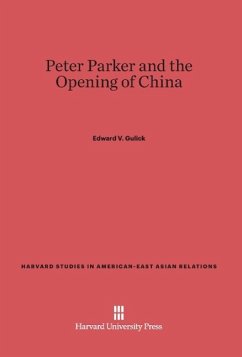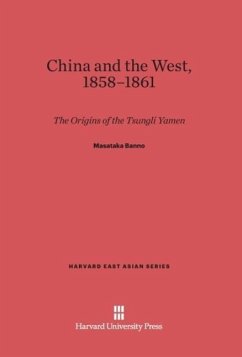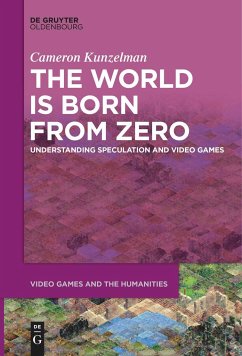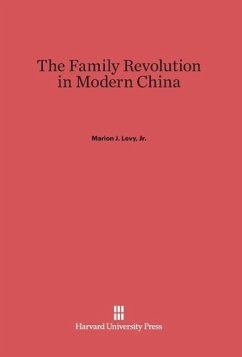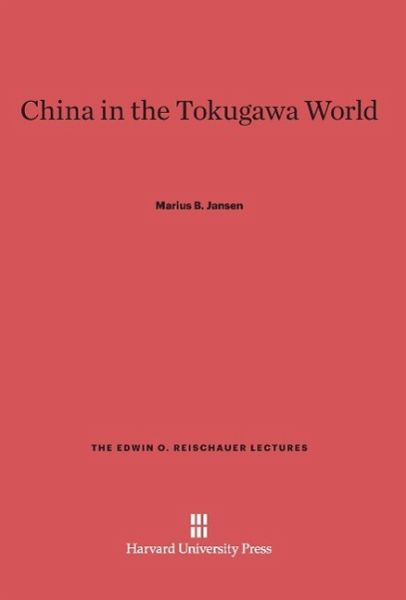
China in the Tokugawa World
Versandkostenfrei!
Versandfertig in 6-10 Tagen
60,00 €
inkl. MwSt.

PAYBACK Punkte
0 °P sammeln!
This engaging book challenges the traditional notion that Japan was an isolated nation cut off from the outside world in the modern era. This familiar story of seclusion, argues master historian Marius B. Jansen, results from viewing the period soley in terms of Japan's ties with the West, at the expense of its relationship with closer Asian neighbors. Taking as his focus the port of Nagasaki and its thriving trade with China in the sixteenth through nineteenth centuries, Jansen not only corrects this misperception but offers an important analysis of the impact of the China trade on Japan's cu...
This engaging book challenges the traditional notion that Japan was an isolated nation cut off from the outside world in the modern era. This familiar story of seclusion, argues master historian Marius B. Jansen, results from viewing the period soley in terms of Japan's ties with the West, at the expense of its relationship with closer Asian neighbors. Taking as his focus the port of Nagasaki and its thriving trade with China in the sixteenth through nineteenth centuries, Jansen not only corrects this misperception but offers an important analysis of the impact of the China trade on Japan's cultural, economic, and political life.





